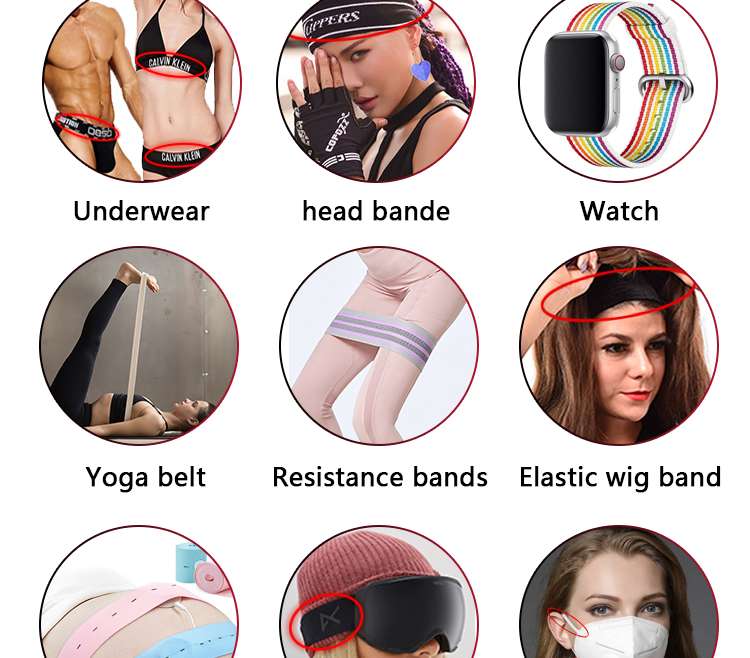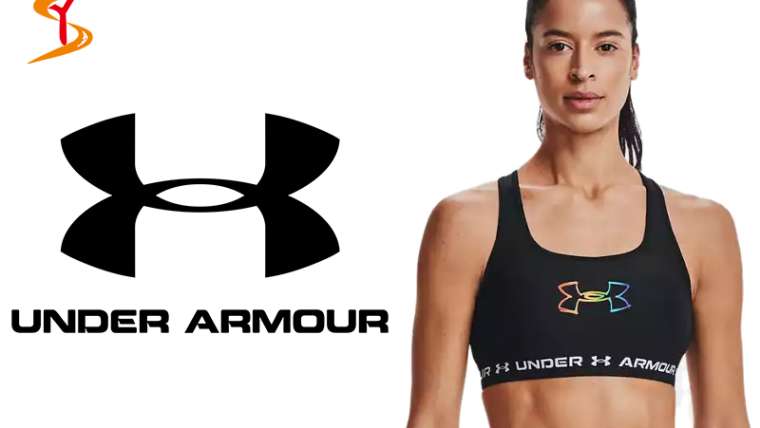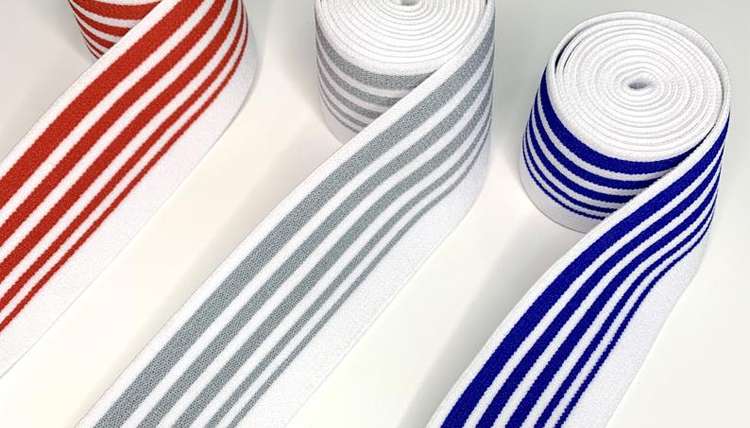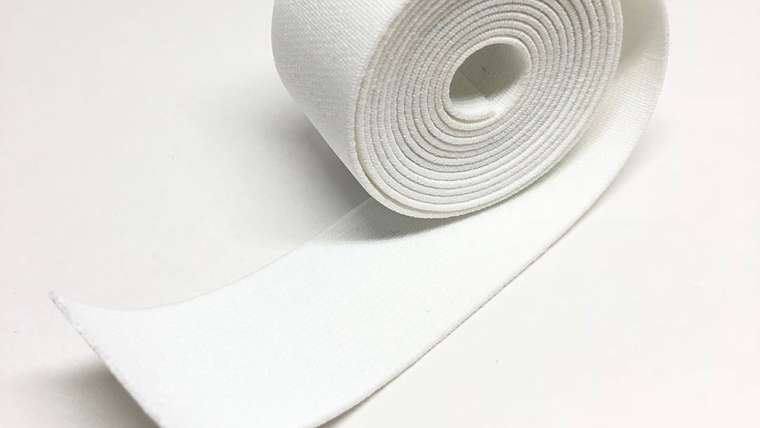Uses and information on elastic webbing
With the development of society, elastic webbing is becoming more and more common in our daily life. There are almost all webbings in our daily necessities, sports goods, and travel goods. So what are the webbings in our daily life? Use it.
First of all, let us understand the purpose of webbing, which is mainly to assist aesthetic or functional effects. It is often used in luggage, clothing, shoes and hats, etc., as auxiliary materials. Observe carefully, the belts used for general luggage to withstand strength are webbing, schoolbag belts, etc., and the elastic belts used on trousers are also webbing.
Then there is the relevant information about the webbing, which many people don’t understand. The webbing is a very good decorative item, which can be used as a main or auxiliary accessory on hats, bed sheets or curtains. In many cases, having such an accessory can make your clothes look more unique.
It can provide a variety of color weaving effects, and it is also a very good household item. For many people, if you choose a webbing that really suits you, home furnishings woven through a variety of colors of webbing will have a certain degree of tradition. Its craftsmanship and unique colors can both increase the home space. A sense of uniqueness, and it can also bring a very unique feature.
There are many kinds of webbing products, which are widely used in clothing. Various industrial sectors such as shoe materials, luggage, industry, agriculture, military supplies, and transportation. The webbing is generally produced in a hand-made workshop, and the raw materials are cotton and hemp thread. After the founding of New China, the raw materials for webbing have gradually developed into nylon, polyester, vinylon, polypropylene, spandex, viscose, etc., forming three major types of weaving, knitting, and knitting technologies. The fabric structure includes plain weave, twill weave, satin weave, and jacquard. Double-layer, multi-layer, tubular and joint organization.
Method of dyeing elastic webbing:
There are many ways to color elastic webbing, such as the more widely used conventional dyeing, and the use of paint to make the paint into tiny insoluble colored particles for adhesion and dyeing of the fiber raw material on the fabric. In addition to these two methods What other dyeing methods are there?
1. Disperse dyes: webbing is suitable for viscose, acrylic, nylon, polyester, etc. Generally, polyester is dyed better, but viscose is poor.
2. Direct dyes: The webbing is suitable for cellulose fiber fabrics, and the washing fastness is relatively poor, but the washing color of the modified direct dyes will be extremely improved.
3. Acid dyes: mostly suitable for protein fibers, nylon fibers, and silk. Its characteristic is that the drip tape is bright in color, but the webbing has poor washing degree and excellent dry cleaning degree. It is widely used in natural dyeing.
4. Sulfur dyes: suitable for cellulose fiber fabrics, the color is relatively dim, mainly navy blue, black and brown, light resistance, water washing resistance, chlorine rinsing resistance is poor, long-term storage of the fabric will damage the fiber.
Therefore, elastic webbing manufacturers need to choose different dyeing methods according to the actual situation when dyeing webbing of different materials, which not only improves the production efficiency, but also makes the quality of the webbing better.







